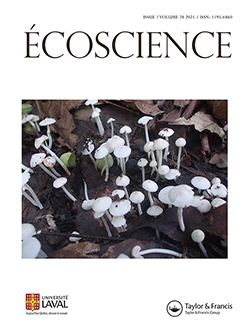Estimating the resilience time of an ecosystem may lead to different values depending on the compartment or function of interest and the measurement method. We sought to estimate the resilience of a cork oak (Quercus suber L.) stand – a typical west Mediterranean forest type – 8 years after a wildfire, using three independent indicators. Each represents a function or a characteristic of the ecosystem: (i) the Normalized Difference Vegetation Index (NDVI), a remote sensing-based proxy of photosynthetic activity, (ii) the vegetation profile, based on an estimation of the vegetation cover at different heights above ground, and (iii) the avifauna composition, a component of animal biodiversity. The NDVI seems to have recovered a value close to its pre-fire value about 9 years after the fire. Recovering a vertical vegetation profile similar to that before the fire requires a longer time, tentatively estimated to not less than a dozen years. Recovery of the pre-fire avifauna is likely to require an even longer time, which could not be estimated from our 8-year monitoring period. The indicator based on avifauna appears to be the most discriminating indicator, among the three compared here, for estimating the time required for full recovery of the ecosystem over the long term.
How to translate text using browser tools
25 March 2021
Assessing the Postfire Resilience of a Mediterranean Forest from Satellite and Ground Data (NDVI, Vegetation Profile, Avifauna)
Roger Prodon,
Ricardo Diaz-Delgado
ACCESS THE FULL ARTICLE

Ecoscience
Vol. 28 • No. 1
March 2021
Vol. 28 • No. 1
March 2021
bird counts
disturbance
recovery
regeneration
remote sensing
vegetation structure





